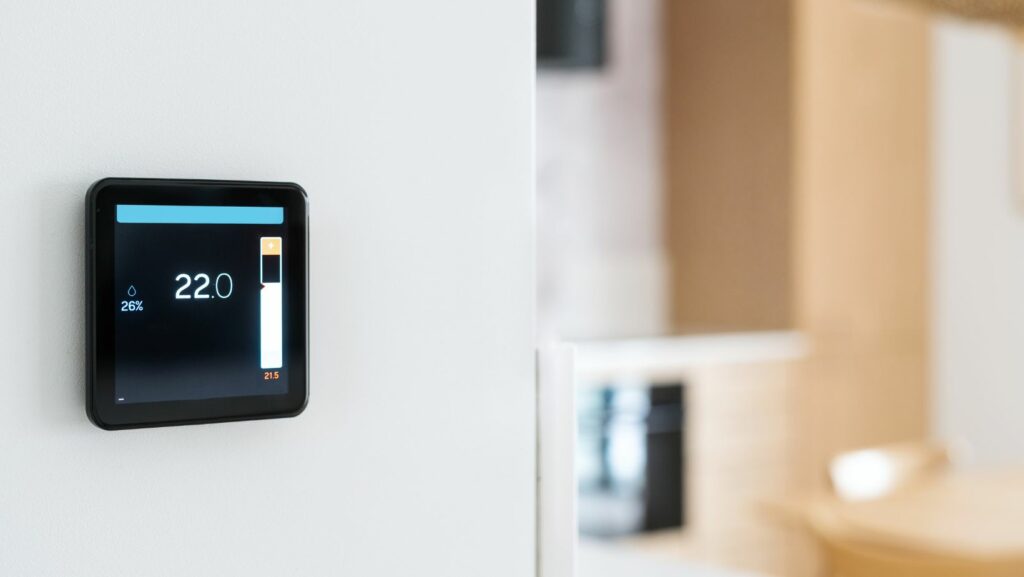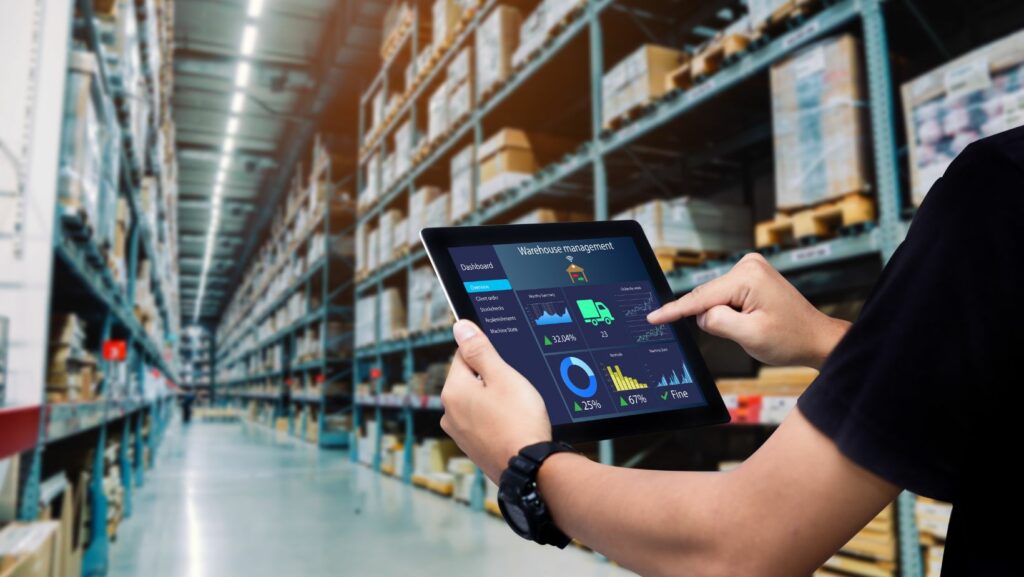Vivint Smart Home has revolutionized the way people interact with their living spaces. By seamlessly integrating advanced technology, it creates a connected environment that enhances security, convenience, and energy efficiency. From smart cameras to intelligent thermostats, Vivint offers a comprehensive suite of products designed to simplify daily life.
At the heart of Vivint’s offerings is a robust platform that combines IoT devices and smart home automation. These technologies work together to provide users with real-time monitoring, remote access, and personalized control over their homes. Understanding the technology behind Vivint Smart Home not only highlights its innovative features but also showcases the potential for transforming any residence into a modern sanctuary.
What Technology Does Vivint Smart Home Use
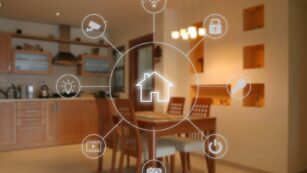 Vivint Smart Home utilizes advanced technology to create a comprehensive smart living experience. Core components include:
Vivint Smart Home utilizes advanced technology to create a comprehensive smart living experience. Core components include:
-
Internet of Things (IoT) Devices: These devices connect and communicate with each other, forming an integrated ecosystem. Sensors, cameras, and smart appliances work together to enhance home automation.
-
Smart Security Systems: Vivint offers a range of security solutions. These include doorbell cameras, outdoor cameras, motion detectors, and smart locks, all of which provide robust protection.
-
Mobile App Control: The Vivint mobile app allows users to manage their home systems remotely. Users can control lighting, security settings, and thermostat options from their smartphone, ensuring convenience and peace of mind.
-
Artificial Intelligence (AI): AI technology optimizes home automation processes. Vivint incorporates AI to learn user preferences and automate settings accordingly, enhancing comfort and efficiency.
-
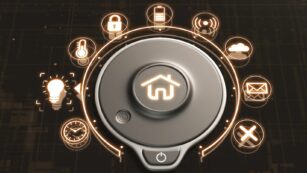 Automated Climate Control: Smart thermostats adapt to user habits, ensuring optimal energy usage. Systems like smart ventilation help maintain ideal indoor conditions while reducing energy costs.
Automated Climate Control: Smart thermostats adapt to user habits, ensuring optimal energy usage. Systems like smart ventilation help maintain ideal indoor conditions while reducing energy costs. -
Voice Control Integration: Compatibility with voice assistants like Amazon Alexa and Google Assistant offers hands-free operation. Users can issue commands to control various devices throughout the home.
-
Professional Monitoring Services: Vivint provides 24/7 monitoring to safeguard homes. Trained professionals respond to alerts and ensure quick assistance in emergencies.
-
Customizable Smart Home Packages: Vivint’s offerings allow users to personalize their home technology. Customers can select different devices and features based on individual needs and preferences.
These technologies collectively empower users to enhance security, improve energy efficiency, and increase convenience in their living spaces.
Core Technologies Used by Vivint
Smart Home Hub
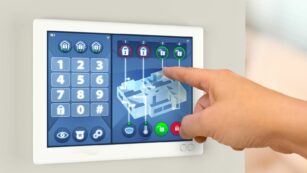 Smart Home Hub serves as the central command unit for Vivint’s smart ecosystem. It connects and communicates with various devices, creating a cohesive network. The hub supports Z-Wave and Wi-Fi protocols, enabling interoperability among different smart devices. Users can manage their home’s systems, monitor security, and adjust settings through a single interface. The hub also integrates with external platforms, allowing for control via voice commands through assistants like Amazon Alexa and Google Assistant.
Smart Home Hub serves as the central command unit for Vivint’s smart ecosystem. It connects and communicates with various devices, creating a cohesive network. The hub supports Z-Wave and Wi-Fi protocols, enabling interoperability among different smart devices. Users can manage their home’s systems, monitor security, and adjust settings through a single interface. The hub also integrates with external platforms, allowing for control via voice commands through assistants like Amazon Alexa and Google Assistant.
Sensors and Cameras
Sensors and cameras form the backbone of Vivint’s security infrastructure. Smart doorbell cameras provide real-time video feeds and two-way audio communication, enhancing front door security. Indoor and outdoor cameras offer high-definition video monitoring, equipped with night vision and motion detection features. Additionally, door and window sensors alert users to any unauthorized access. These devices utilize advanced analytics and machine learning algorithms to minimize false alarms and optimize surveillance. Together, these technologies create a comprehensive monitoring solution that ensures user safety and peace of mind.
Home Automation Features
Lighting Control
 Vivint’s lighting control allows users to manage their home’s illumination remotely. Users can schedule lighting for specific times, activate or deactivate lights based on occupancy, and create custom scenes for various activities such as movie nights or dinner parties. Integration with smart sensors ensures that lights adjust automatically when someone enters or leaves a room. Compatibility with mobile devices and voice assistants enables seamless control, enhancing both security and ambiance.
Vivint’s lighting control allows users to manage their home’s illumination remotely. Users can schedule lighting for specific times, activate or deactivate lights based on occupancy, and create custom scenes for various activities such as movie nights or dinner parties. Integration with smart sensors ensures that lights adjust automatically when someone enters or leaves a room. Compatibility with mobile devices and voice assistants enables seamless control, enhancing both security and ambiance.
Climate Control
Vivint’s climate control solutions optimize energy usage while maintaining comfort. Users can adjust their smart thermostats remotely, set temperature schedules, and receive alerts about energy consumption. Intelligent algorithms learn user preferences, automatically adjusting settings to achieve optimal comfort levels. Integration with other smart devices allows for coordinated responses, such as adjusting heating or cooling when a door or window opens. These features not only improve living conditions but also contribute to energy savings and efficiency.

